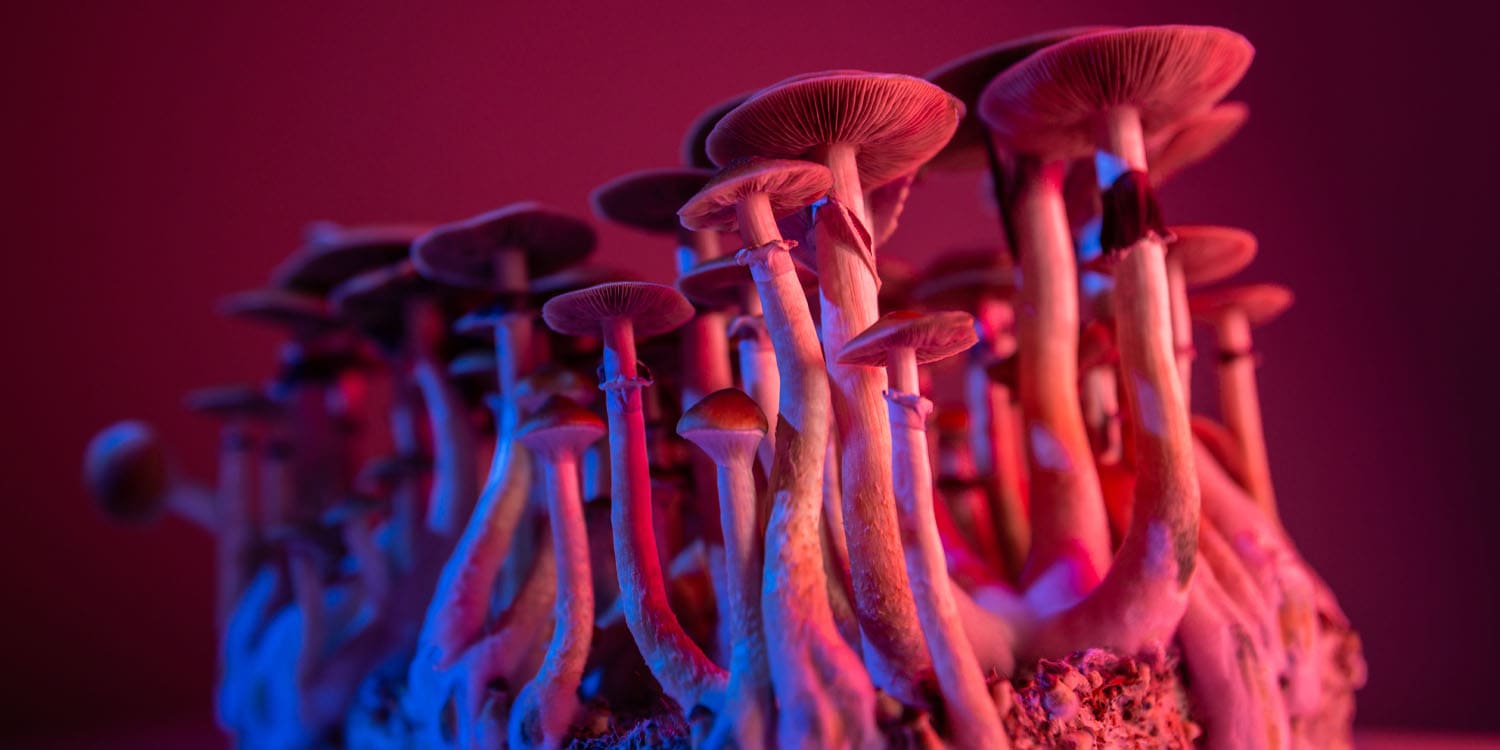New research has found that psilocybin reduces alcohol consumption in rats by altering specific brain pathways, particularly in the left nucleus accumbens. This suggests that psilocybin could potentially be a useful treatment for reducing alcohol use, but more research is needed to confirm its effectiveness in humans. The study has been published in the journal Brain.
Alcohol use disorder is a chronic condition characterized by an inability to control or stop drinking despite adverse social, occupational, or health consequences. This disorder ranges in severity and can lead to significant disability and increased mortality. Traditional treatments include behavioral therapy, medication, and support groups, but many people struggle to achieve lasting recovery, highlighting the need for more effective therapeutic options.
Psilocybin is a naturally occurring psychedelic compound found in certain species of mushrooms. It has been used for centuries in various cultural and spiritual contexts. In recent years, scientific interest in psilocybin has resurged due to its potential therapeutic benefits. When ingested, psilocybin is converted into psilocin, a compound that interacts with serotonin receptors in the brain, influencing mood, perception, and cognition.
Early clinical trials suggest that psilocybin-assisted therapy may be effective in treating various mental health conditions, including depression, anxiety, and substance use disorders. Preliminary research has also shown that psilocybin may help reduce alcohol consumption, but the exact mechanisms remain unclear. The new study aimed to explore the neurobiological effects of psilocybin, particularly focusing on its interaction with serotonin and dopamine receptors in the brain’s reward circuit.
The study was conducted using 66 male Long-Evans rats, which were chosen based on their suitability for modeling human alcohol consumption behaviors. They were housed individually under a controlled light/dark cycle and had unlimited access to food and water. The study followed strict ethical guidelines for the care and use of laboratory animals.
Initially, the rats were given access to a 20% ethanol solution in a two-bottle choice setup for four weeks to establish ethanol consumption. Following this period, the rats were trained to self-administer ethanol in operant cages, a method that involves pressing a lever to receive a dose of ethanol. This setup mimics human voluntary alcohol consumption and allows researchers to measure the rats’ motivation to consume alcohol.
The study was divided into several experiments to isolate different variables. In one experiment, psilocybin was injected intraperitoneally (directly into the body cavity) at a dose of 1 mg/kg. Another experiment involved microinfusing psilocybin directly into the left or right nucleus accumbens, a key brain region involved in reward processing. These injections aimed to identify specific brain areas responsible for psilocybin’s effects on alcohol consumption.
To understand the molecular effects, the researchers measured the expression of various genes in the nucleus accumbens and prefrontal cortex four hours after psilocybin administration. This analysis focused on genes related to serotonin and dopamine pathways, which are crucial in regulating reward and addiction behaviors.
The researchers found that psilocybin induced significant changes in gene expression in the nucleus accumbens. Notably, the genes coding for serotonin receptors and dopamine transporters showed differential expression between the left and right nucleus accumbens. For instance, the gene for the serotonin receptor 2A (5-HT2A) was downregulated in the left nucleus accumbens, while brain-derived neurotrophic factor (BDNF) was upregulated in the right nucleus accumbens.
Psilocybin administration led to a notable reduction in alcohol self-administration. Rats that received psilocybin showed a 48% decrease in the number of lever presses and a 51% reduction in total alcohol intake compared to those receiving a saline solution. This suggests that psilocybin’s effects are robust and not limited to direct brain infusions.
Interestingly, when psilocybin was microinjected into the left nucleus accumbens, the number of lever presses for alcohol decreased by 38%, and the total alcohol intake dropped by 39%. In contrast, injections into the right nucleus accumbens did not produce significant changes, highlighting the importance of the left nucleus accumbens in mediating these effects.
The involvement of serotonin receptors was confirmed when the effects of psilocybin were blocked by pre-treatment with ketanserin, a serotonin receptor antagonist. Rats receiving ketanserin before psilocybin did not show the usual reduction in alcohol consumption, indicating that psilocybin’s effects are mediated through serotonin receptor pathways.
The study provides evidence that psilocybin can reduce alcohol consumption in rats through its action on specific brain pathways. By altering gene expression in the nucleus accumbens and involving serotonin receptors, psilocybin appears to reduce the rewarding properties of alcohol, leading to decreased intake.
While these findings shed light on the potential mechanisms of psilocybin in reducing alcohol consumption, there are significant physiological and behavioral differences between rats and humans that must be accounted for. Consequently, translating these results to human alcohol use disorder treatment will require extensive clinical research to confirm efficacy and safety in human populations.
The study, “Psilocybin reduces alcohol self-administration via selective 1 left nucleus accumbens activation in rats,” was authored by Jérôme Jeanblanc, Romain Bordy, Grégory Fouquet, Virginie Jeanblanc, and Mickaël Naassila.




